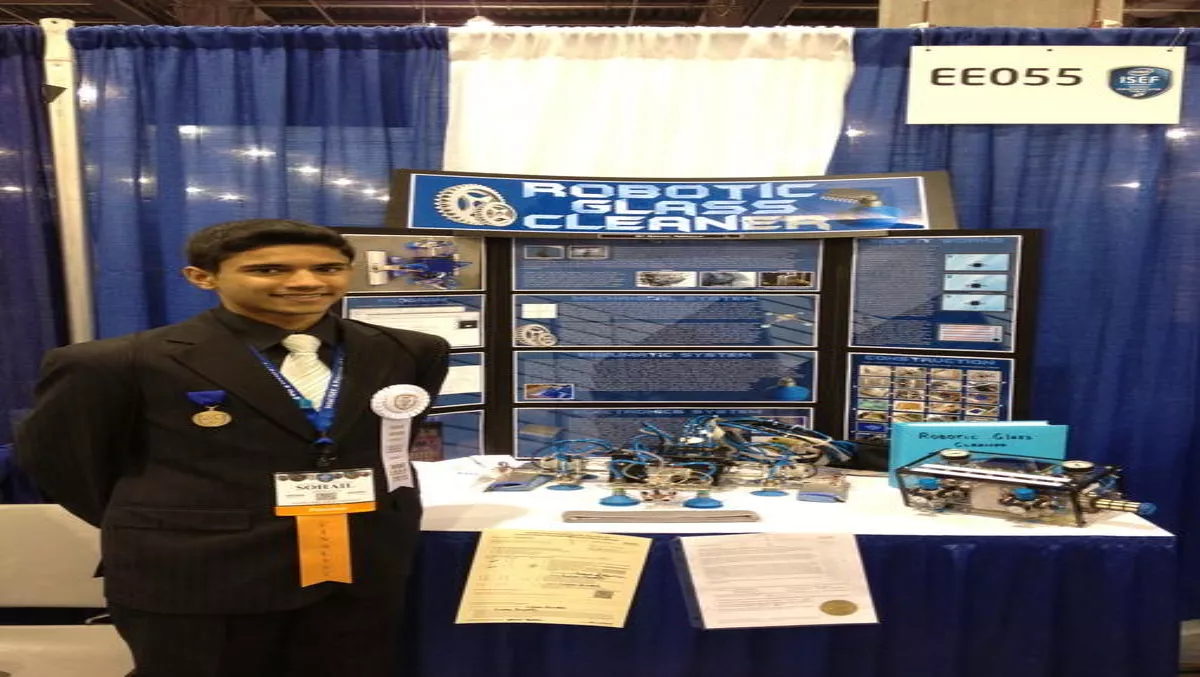
Wanted: IT bright sparks
Students with a talent for IT, electronics or engineering are being sought for the 2013 Bright Sparks competition.
The competition, created by The Skills Organisation, is designed to encourage young people, between 11 and 18, to experience electronics by developing and refining an invention before submitting a prototype for judging.
Ross Petersen, Bright Sparks manager, says that as well as fostering the next generation of electrotechnology innovators, the awards provide a focus and a goal for those involved in the programme.
“It is a chance for them to really unleash their creativity, but at the same time have a deadline by which to achieve results,” he says. “That deadline compresses learning into a smaller window of time in which the Bright Sparks are challenged to put their ideas into action.”
This year the panel of four judges - all industry experts in their own right - has strict criteria for selecting a winner.
“We’re on the lookout for technical excellence; innovation, including originality and commercial potential; and passion, involving personal engagement,” says Petersen. “It’s important to us that a Bright Sparks entrant has a balance of these three factors in their project.”
Previous Bright Sparks award winners have gone on to win awards at national and international levels. The 2012 overall winner, James Watson, took his Rubik’s Cube-solving robot to the International Science Fair in Singapore, while fellow winner Sohail Abdullah (pictured) was selected to attend the prestigious INTEL ISEF Fair in Arizona where his robotic window cleaner placed third among 1500 entries.
The awards were first held in 1998 and, Petersen says, the technology has changed markedly in that time, as well as becoming cheaper and more accessible.
“In 1998, most projects were electronics and hardware-based. Any micro controllers were quite complex and featured quite advanced programming,” he says. “Now, several new chips - such as arduino and PICAXE - on the educational market make it easier and cheaper for our Bright Sparks entrants to create successful projects.
“Today, 90% of projects have programmable chips. The projects have therefore become much more sophisticated with the increasing use of software,” he says.
This year’s competition closes on October 2, and further information can be found at www.brightsparks.org.nz.

